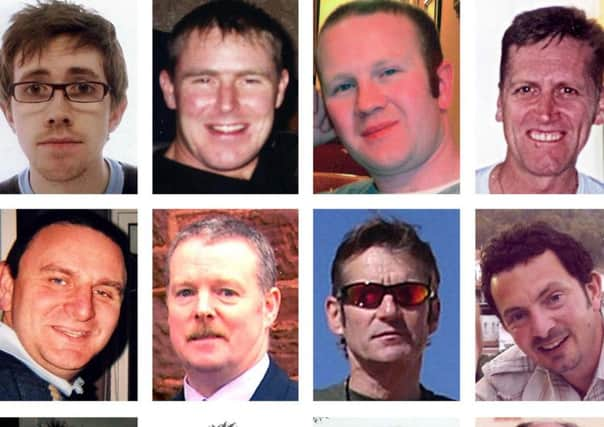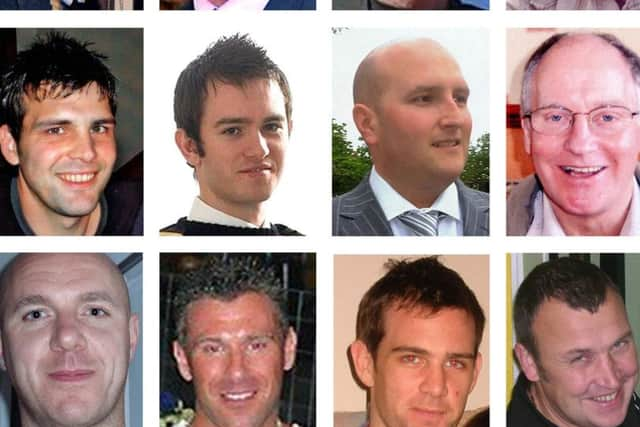Super Puma Shetland inquiry: Confusion over checks


Eurocopter specialists were contacted after problems emerged with the aircraft’s hums flight safety monitoring device following routine after-flight checks on 25 March, 2009.
Engineering staff from helicopter operator Bond also informed the manufacturer that a metallic particle had been uncovered on the epicyclic chip detector.
Advertisement
Hide AdAdvertisement
Hide AdHelicopter engineers were then directed to follow instructions on a specific work card instead of the maintenance manual and diagnose the type of metal that was found on the gearbox part.


The team used a solvent solution to recover the particle on to a contamination record card and compared the surface of the particle with metallic substance descriptions.
They decided they were dealing with silver cadmium, but this was not the case. No chemical tests were carried out on the particle at that time.
It later emerged that Eurocopter engineers believed the metallic particle had been detected in the main gearbox rather than the epicyclic module.
Bond maintenance manager Ronald Wright said he did not know where the miscommunication had come from.
He said he decided to carry out additional checks on aircraft parts to check for further particles because he was “not happy” with work card guidelines issued for the problem he was dealing with.
Fiscal depute Geoff Main asked: “If chips remain undetected what could happen to the helicopter?”
Mr Wright replied: “It could lead to a catastrophic failure of the epicyclic module. That would mean a crash and fatalities.”
Advertisement
Hide AdAdvertisement
Hide AdMr Wright said he would normally have consulted the helicopter maintenance manual for advice had a particle been uncovered.
The inquiry heard the sliver of metal was 2.98 millimetres long and less than one millimetre wide.
Eurocopter work card guidelines stated that silver cadmium particles formed “part of the plating of certain elements” and were “unimportant”.
Mr Wright, who carried out checks in the particle with his colleague Steven Milne, told the inquiry: “When we arrived at this box, I turned round to Steve and said, ‘Are you happy with that, because I’m not satisfied that that’s enough to release this aircraft back to service’.”
No magnetic particles were uncovered during additional checks on magnetic plugs or the main gearbox oil filter.
The inquiry heard that the work card document was rewritten and reissued by Eurocopter on 9 July, 2009.
This was to remove any ambiguity and to include photographic descriptions metallic substances that need identified.
Mr Wright said: “It seems a much more comprehensive document.”
Advertisement
Hide AdAdvertisement
Hide AdThe Bond-operated helicopter crashed into the North Sea off the coast of Peterhead on 1 April, 2009 while ferrying 14 oil workers home from the BP Miller platform.
All 16 on board the AS332-L2 died when the aircraft suffered a catastrophic gearbox failure and plunged into the sea.